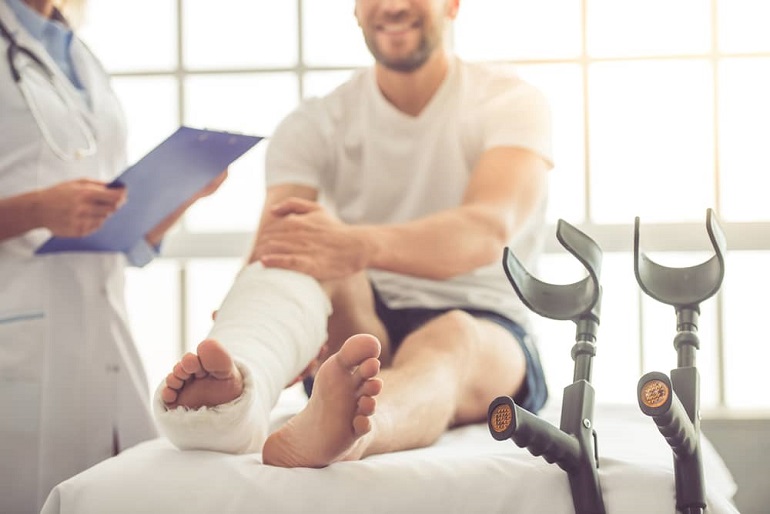Introduction:
Orthopedics is a specialized branch of medicine focused on the diagnosis, treatment, and prevention of disorders and injuries related to the musculoskeletal system. This intricate system comprises bones, joints, ligaments, muscles, tendons, and nerves, which work together to provide structure, support, and mobility to the body. In this guide, we’ll delve into the diverse field of orthopedics, exploring its key components, common conditions treated, diagnostic techniques, treatment options, and the role of orthopedic specialists in restoring musculoskeletal health.
1. Anatomy of the Musculoskeletal System:
- Bones: The framework of the body, bones provide structural support, protect vital organs, and serve as attachment points for muscles.
- Joints: These articulations allow for movement between bones, facilitating activities such as bending, rotating, and flexing.
- Ligaments: Tough bands of connective tissue that stabilize and reinforce joints, preventing excessive movement and reducing the risk of injuries.
- Muscles: Contractile tissues responsible for generating movement by pulling on bones through tendons.
- Tendons: Fibrous cords that attach muscles to bones, transmitting the force generated by muscle contractions to produce movement.
2. Common Orthopedic Conditions:
- Osteoarthritis: A degenerative joint disease characterized by the breakdown of cartilage, resulting in pain, stiffness, and reduced mobility.
- Fractures: Breaks or cracks in bones caused by trauma, overuse, or underlying medical conditions.
- Tendonitis: Inflammation of tendons due to repetitive motion, overuse, or sudden injury, resulting in pain and swelling.
- Sprains and Strains: Injuries to ligaments (sprains) or muscles and tendons (strains) caused by stretching or tearing due to sudden twists, falls, or overexertion.
- Herniated Disc: A condition in which the soft, gel-like center of a spinal disc protrudes through a crack in the tough outer layer, causing nerve compression and symptoms such as back pain and numbness.
3. Diagnostic Techniques:
-Imaging Studies: X-rays, CT scans, MRI scans, and ultrasound are commonly used to visualize bones, joints, and soft tissues, allowing for the accurate diagnosis of orthopedic conditions.
- Physical Examination: Orthopedic specialists perform thorough physical assessments, evaluating range of motion, strength, stability, and neurological function to identify musculoskeletal abnormalities.
4. Treatment Options:
- Non-Surgical Approaches: Conservative treatments such as rest, physical therapy, medication, bracing, and joint injections are often recommended for managing orthopedic conditions and injuries.
- Surgical Interventions: When conservative measures fail to alleviate symptoms or in cases of severe trauma or degenerative conditions, surgical procedures may be necessary to repair, reconstruct, or replace damaged tissues or joints.
5. Role of Orthopedic Specialists:
- Orthopedic Surgeons: Highly trained physicians specializing in surgical interventions for musculoskeletal conditions, ranging from arthroscopic procedures to joint replacement surgery.
- Sports Medicine Physicians: Experts in the treatment of sports-related injuries and conditions, focusing on maximizing athletic performance and promoting safe return to activity.
- Physical Therapists: Allied healthcare professionals who design customized exercise programs and rehabilitation protocols to improve mobility, strength, and function following orthopedic injuries or surgeries.
Conclusion:
Orthopedics plays a pivotal role in diagnosing, treating, and rehabilitating a wide range of musculoskeletal conditions and injuries, enabling individuals to regain function, alleviate pain, and enhance their quality of life. With advances in medical technology, innovative treatment modalities, and multidisciplinary approaches, orthopedic specialists continue to strive towards optimizing outcomes and restoring musculoskeletal health for patients of all ages and backgrounds.





Comments